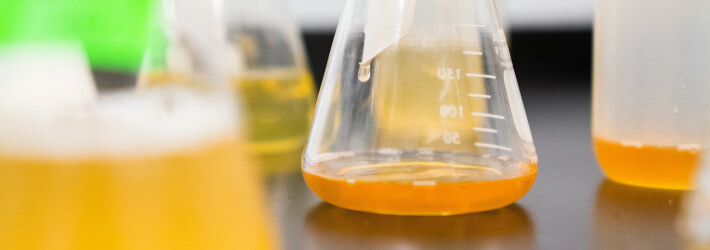On July 18, 2025, the FDA published a final guidance “Formal Meetings Between the FDA and Sponsors or Applicants of BsUFA Products Guidance for Industry” providing recommendations on formal meetings between the FDA and biosimilar and interchangeable applicants during the development and FDA-review of their CDER and CBER-regulated products. This guidance finalizes the draft guidance issued in August 2023.
The final guidance discusses the principles of good meeting management practices and describes standardized procedures for requesting, preparing, scheduling, conducting, and documenting such formal meetings. According to the Federal Register Notice, the changes from the draft to the final guidance include clarification that requesting a Biosimilar Initial Advisory (BIA) meeting is not a requirement prior to joining the Biosimilar Biological Product Development (BPD) program, additional description of in-person meetings and core attendees, noting that the maximum number of questions that should be submitted within a single meeting request is ten, and editorial changes to improve clarity.
Types of Formal Meetings
The final guidance discusses six formal meeting types that occur between the FDA and biosimilar/interchangeable sponsors/applicants:
- BIA Meeting: Initial meeting to determine whether licensure under section 351(k) is feasible and general advice on the expected content of the development program
- BPD Type 1 Meeting: Meeting for stalled development programs or to address important safety issues
- BPD Type 2a and 2b Meetings: Meeting to discuss specific issues such as testing and study designs; may include a substantive review of summary data, but not a review of full study reports
- BPD Type 3 Meeting: In-depth data review and advice regarding an ongoing development program, including substantive review of full study reports; can include discussion of similarity and interchangeability, need for additional studies, and study design and analysis
- BPD Type 4 Meeting: Presubmission meeting to discuss the format and content of a complete original application or a supplement
Meeting types do not need to be requested in a sequential order, except that for Type 2 meetings there must first have been a BIA or other BPD Type meeting. Generally the FDA will only grant one BIA meeting per product, and one Type 4 meeting per application or supplement, and will grant as many Type 2 and 3 meetings as are requested and considered necessary. The FDA will honor requests for Type 2b, 3, and 4 meetings except in the most unusual circumstances, but may grant a different meeting type than was requested.
Meeting Requests and Preparation Process
Meeting request submissions are also discussed in the final guidance, with guidelines on information that should be provided in the meeting request and accompanying meeting package so the FDA can assess the utility of the meeting, identify the necessary FDA staff, and prepare adequately for the meeting. Meeting request information includes a list of objectives, proposed agenda, list of questions (up to 10) with explanations of the context and purpose of the question, planned applicant/sponsor attendees and requested FDA attendees. If the questions to be discussed are complex, the FDA recommends fewer than 10 for a single meeting. Meeting packages may include information such as a history of the development program, prior FDA communications, study plans, raw data, conclusions, and descriptions of results.
The FDA will grant or deny meeting requests in writing within specific timeframes set out in the guidance (2-3 weeks depending on meeting type requested). If a meeting is denied, a new request can be submitted. Meetings are generally scheduled between 30 and 120 days from receipt of the request, depending on meeting type, and written responses are typically given provided within 60-90 days. The FDA will also send preliminary responses to questions 2-5 days prior to the scheduled meeting.
Conduct of Meetings
The available meeting formats include:
- Face-to-Face: In person or virtual (videoconference) meeting between core attendees at the FDA and the sponsor/applicant. Meetings can be hybrid with a virtual component so non-core participants can join virtually. Core attendees should participate in person if feasible.
- Teleconference: Remote participation via audio only connection (telephone or virtual meeting without cameras on).
- Written response only: Written responses are sent to requesters in lieu of one of the meeting types discussed above. This meeting format is available only for BIA and Type 2a and 2b meetings.
The final guidance indicates that presentations by requesters are not needed at meetings since any information necessary for discussion and review should be part of the meeting package. The guidance also indicates that during a meeting, either a representative of the FDA or the requester should summarize the important discussion points, agreements, clarifications, and action items.
Minutes are prepared by the FDA after each meeting to document outcomes, agreements, disagreements, and next steps. If the sponsor/applicant disagrees with the accuracy of the minutes, they can contact the FDA to describe their concerns for the FDA to consider. Sponsors/applicants can submit clarifying questions after the meeting if necessary.
For more information on FDA guidances and biologics patents disputes, please visit BiologicsHQ.
_____________________________________________________
The author would like to thank April Breyer Menon for her contributions to this article.


